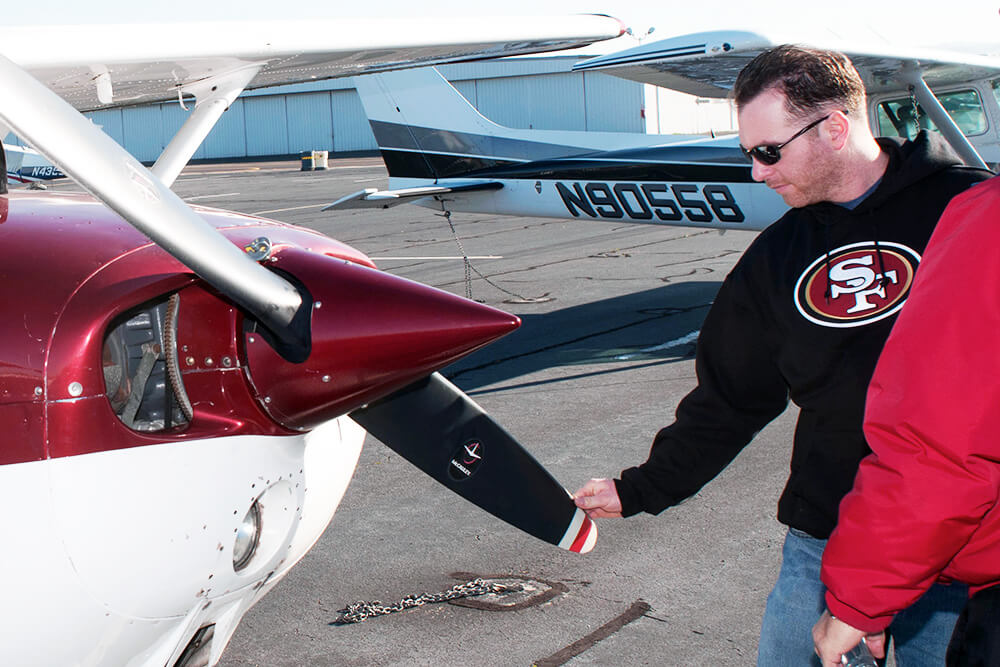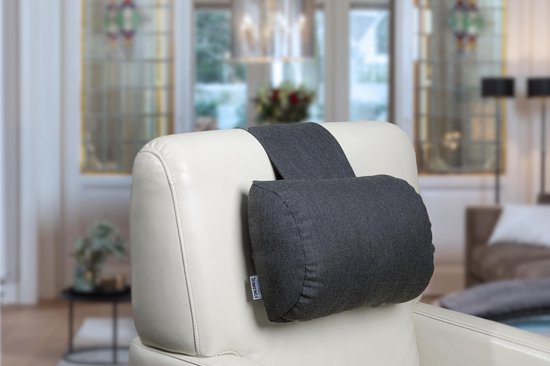
A-6 Improved version of A-5 with Avco Lycoming O-360-A1A engine, 34 built.Ī-7 Similar to A-5 powered by West Coast Dusting-built Continental W-670-240 engine. A-5 Open-cockpit two-seat agricultural version of the A-4, 74 built.Ī-5T Texan A-5 with revised fuselage structure, nine built. Variants A Continental A-80-engined prototype, one built converted to A-1Ī-1 Re-engined with an Avco Lycoming O-235-a engine, four built and prototype converted.Ī-2 Two-seat cabin monoplane production version powered by an Avco Lycoming O-290-a engine, 16 built.Ī-3 125 hp (93 kw) Continental C-125-2-powered version, 15 built.Ī-4 Two/three-seat cabin monoplane version powered by a 135 hp (101 kw) Avco Lycoming O-290-D2 engine, 65 built. IMCO was later taken over by the Aero Commander division of the Rockwell Standard Corporation and later became part of North American Rockwell, the design was further developed and redesignated. In 1962 the assets of the company were acquired at auction by the Intermountain Manufacturing Company (IMCO) who developed their own version the IMCO CallAir A-9. Examples of the three-seat A-4 were converted for agricultural use followed by a new-build agricultural version the A-5. Further models were introduced with different engines.

The Model A-2 was a two-seat braced low-wing monoplane with fabric-covered wooden wings and fabric-covered welded steel tube. A United States type certificate was awarded in July 1944 and the production model was designated the Model A-2. The prototype Model A was powered by a Continental A-80 engine but was redesignated the Model A-1 when re-engined with an Avco Lycoming O-235-A engine. The family had formed the Call Aircraft Company (known as Call-Air) to produce the aircraft. The aircraft was ready to be produced in 1940 but the start of World War II delayed the start of production to 1946.


This study supports the use of the AME intervention to encourage coping-related behaviors in hospitalized children aged 4-7 receiving cancer treatment.The Model A was designed by the Call family, who were Wyoming ranchers. Initiation was significantly higher during AME than ASB (p<0.05). Positive facial affect and active engagement were significantly higher during AME compared with ML and ASB (p<0.0001). Conditions were videotaped to facilitate behavioral data collection using time-sampling procedures.Īfter adjusting for baseline differences, repeated measure analyses indicated that AME participants had a significantly higher frequency of coping-related behaviors compared with ML or ASB. Eighty-three participants, ages 4-7, were randomly assigned to one of three conditions: AME (n = 27), music listening (ML n = 28), or audio storybooks (ASB n = 28). positive facial affect, active engagement, and initiation).
Calair ame trial#
The purpose of this multi-site randomized controlled trial was to determine the efficacy of the AME intervention on three coping-related behaviors (i.e. The active music engagement (AME) intervention was designed to counter stressful qualities of the in-patient hospital environment by introducing three forms of environmental support.

However, few studies have investigated how particular interventions can change coping behaviors. Coping theorists argue that environmental factors affect how children perceive and respond to stressful events such as cancer.


 0 kommentar(er)
0 kommentar(er)
